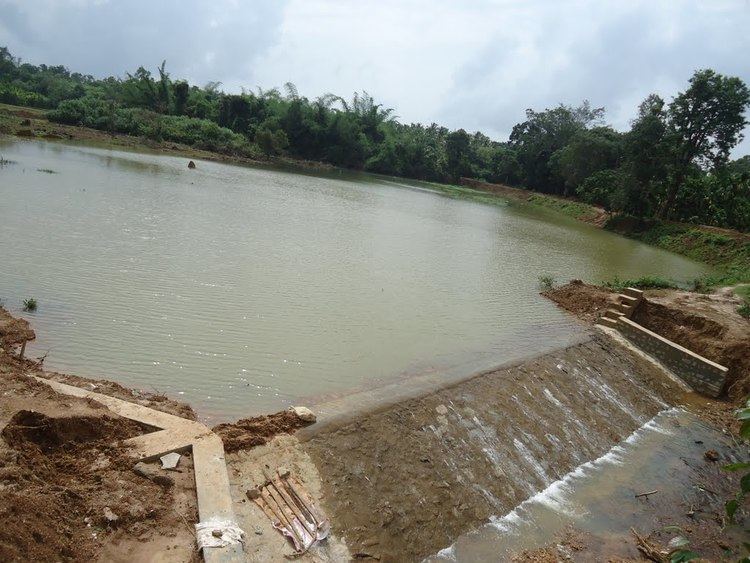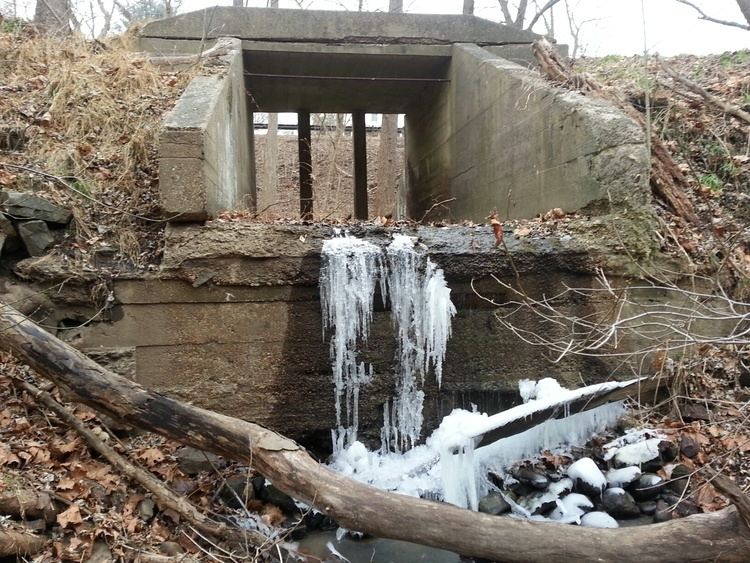 | ||
Similar Wing dam, Tailings dam, Splash dam | ||
Sikasar dam waste weir video uploaded by gobind nathani
A waste weir on a navigable canal is a slatted gate on each canal level or pound, to remove excess water and to drain the canal for repairs or for the winter shutdown. This differs for a dam or reservoir, for which a waste weir is another name for a spillway, i.e. not having the boards to adjust the water height nor the paddles to drain all the water as on a canal, only to drain the excess.
Contents
- Sikasar dam waste weir video uploaded by gobind nathani
- Historic columbia canal waste weir gate avi
- Uses
- Design
- Construction
- Waste Weirs and the Law
- References

Historic columbia canal waste weir gate avi
Uses

A canal will often need some means to maintain a water level. A canal constantly consumes water due to leakage, evaporation, and the operation of lift locks. Nevertheless, excess water from storms or emptying locks could cause problems eroding the banks of a canal, causing washouts, and flooding buildings or adjacent properties. Waste weirs were one of several items used to remove surplus water. The waste weir also functioned as an opening to drain the entire canal prism of water for repairs, or for winter (to avoid damage from freezing water), or in anticipation of flooding.

In some cases when a creek was used to feed the canal, a waste weir was necessary for excess water from the creek. For instance on the Morris Canal, the Lopatcong creek went into the canal to feed it, but it had a tendency to flood, hence the need for a couple of waste weirs in the area around the bottom of Plane 9 West (near Strykers Rd today).
Reservoirs and tanks also use a waste weir for flood discharges.
Design
The maximum flow output
and
where g=gravitational constant of
Construction
Construction of course, varied depending on the canal. On the Erie Canal and the Chesapeake and Ohio Canal, waste weirs were often constructed from masonry or from concrete.
Waste Weirs and the Law
Since a waste weir was part of canal property, it would sometimes be explicitly protected by law. On the Morris Canal, New Jersey Statue 136 section 61 stated for willfully and maliciously opening the gates of waste weirs the penalty was $25.
